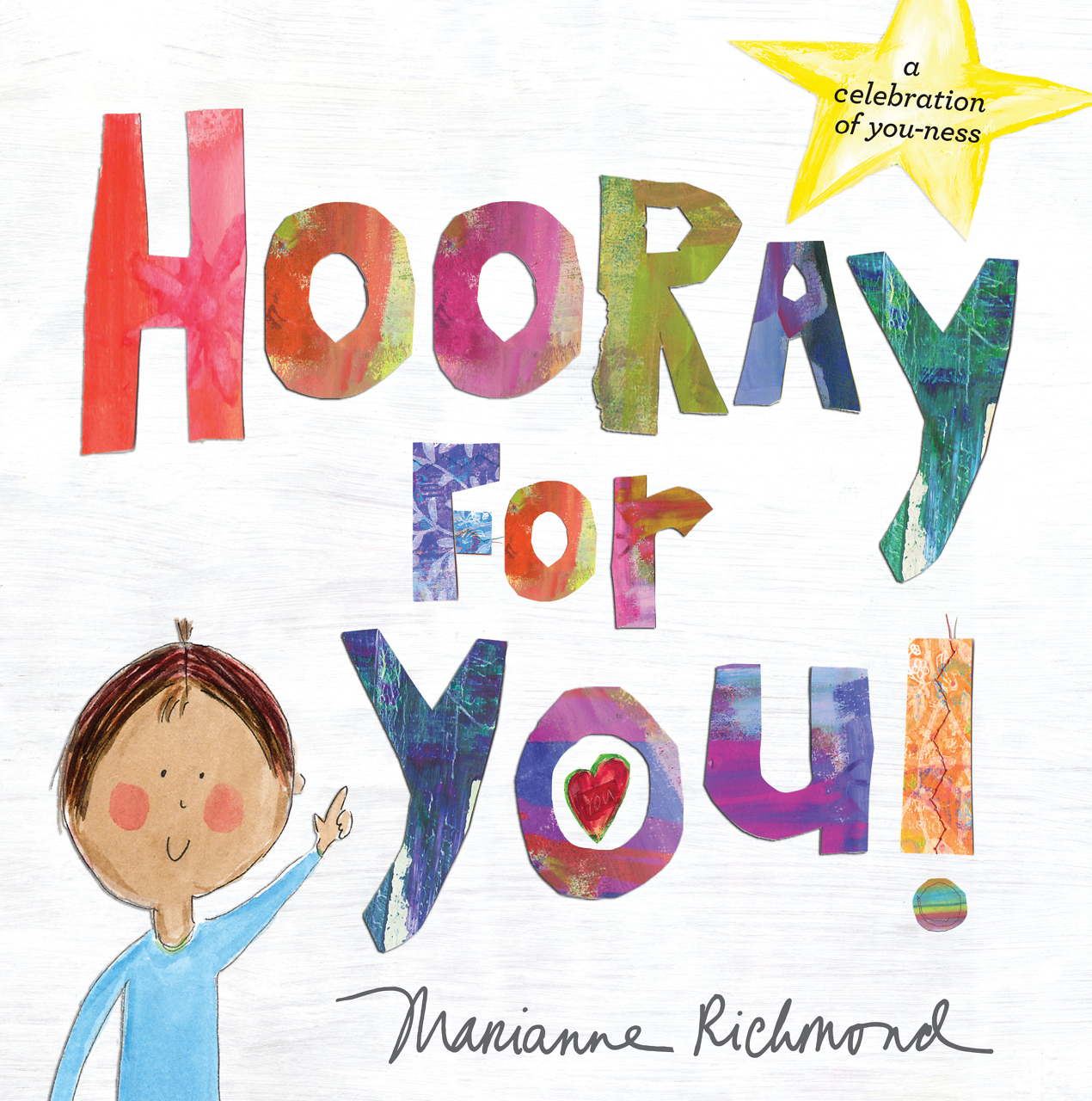Alive and Well—in Sewanee and Elsewhere
Wyatt Prunty explains why reports of poetry’s death have been greatly exaggerated
Wyatt Prunty was born in Humbolt, Tennessee, and graduated from the University of the South, where he returned after teaching stints at LSU, Johns Hopkins, and Virginia Tech. At Sewanee, he created, quite literally from scratch, what has become one of the best writers’ conferences in the country. For two weeks each July, award-winning writers and writers who aspire to win awards meet on the Cumberland Plateau to immerse themselves in the art and craft of writing. The 2009 conference faculty included National Book Award winner Alice McDermott and Pulitzer Prize winner Claudia Emerson, among many others—including, of course, Prunty himself, whose eighth collection of verse, The Lover’s Guide to Trapping, was published this year by Johns Hopkins. Prunty is also a winner of the prestigious Guggenheim Fellowship and a member of the Fellowship of Southern Writers.
Chapter 16: The year marks the twentieth anniversary of your founding of the Sewanee Writers’ Conference. How would you characterize the general state of contemporary poetry?
Prunty: I am able to report that poetry is alive and well today, and that it is highly varied in technique and subject. I enjoy the proof of that every July here in Sewanee. Some have argued—William Gass did so in my hearing once—that poetry is a much reduced part of our culture when compared to previous centuries. In terms of sales for fiction versus sales for poetry, that is true, for a century or two. But this is due more to the rise of the novel than to a decline in poetry. More people read and write poetry today than ever. One’s increase is not automatically another’s decline. Poetry thrives in the academy, and the academy grows steadily with more and more people seeking higher education. Also, the growth of writers’ conferences and graduate writing programs demonstrates the practice of poetry remains very strong in our culture. That practice cannot be even, but it can be vital. My view of contemporary poetry is that it is strong in practice and audience.
My view also is that as the years have gone by I have noticed somehow many of the senior poets who teach for the Sewanee Conference are no longer older than I am. This causes me some mild wonder. Wasn’t the tradition always in the keeping of one’s elders? A good part of the change in “view” concerning contemporary poetry has simply been the change in poets. There are highly skilled formalists writing today, descendants in part from Dickinson, and there are those poets who write with an amplitude reminiscent of Whitman. (And of course there is always Caedmon!) Branches of the family tree thrive. Subject matter and diction have changed, but at this point these changes appear more particular to individuals than caught by generalization. The idiom of today is different from yesterday, but what that means will be better judged tomorrow.
Were I to risk generalization about contemporary poetry, I would say that there is an increased skepticism about language, meaning the reliability of history as an accurate record, and so forth, as I argued in Fallen from the Symboled World some years ago, and am arguing differently in a forthcoming book, Rationed Compassion: Poetry Since World War II. Modern warfare, the Holocaust, the reports we receive daily of casual and planned starvations, our constant awareness of the sheer multiplicity of our kind (the millions who have come before us and the millions who will come after), the number of people one sees in a year in New York City eclipsing what one would see over a lifetime in a medium-sized town of the nineteenth century. … These and other influences have contributed to a kind of doubt that steers poets away from figures that equate this world with some higher order, symbol, and allegory, encouraging instead those figures taken from personal experience, simile-like figures that compare rather than equate. Meanwhile, back of this there remain matters of style. Form’s constraints still seem to help with reining in too much emotion, and amplitude’s catalogs and sense of realism seem to do much the same. The common denominator is figurative thought, the ways we liken two things to discover a third. Even with increased doubt about the reliability of meaning (is it finally just cultural nostalgia?), that process seems to me to be as lively as ever.
Chapter 16: How has the Sewanee Writers’ Conference informed your own work?
Prunty: All work takes its meaning from its context, so I operate in the community of writers I carry around in my head, some living, many dead. The rest of that world is the larger culture we all encounter day to day. Knowing there are others laboring at the art not only confirms such activity but adds to one’s library of it. So I suppose being close to people who do things differently but do them well supports my long-held belief that the first concern for poetry at any time is figurative thought that leads to a dramatic core of meaning. There are many ways to achieve this, all of them good, when they work. Meanwhile, we’re in the wisdom business, so nothing takes the place of argument. Metaphor makes argument because the world’s cognatic.
Chapter 16: Over the summer, Verlyn Klinkenborg published an essay in The New York Times in which he wrote about not only the pleasures of reading aloud, but the loss we have suffered as a culture by discontinuing the practice, which was commonplace, as he mentioned, in Jane Austen’s time. He also mentioned poetry as the one area of reading from which the oral and aural—i.e. physical—have not been banished. Klinkenborg’s remarks struck me as having enormous implications on many different levels, including the effect that being read to by parents—busy ones, who must struggle to find the time—has on the youngest of children.
Prunty: Reading aloud is part of what we mean by the presence created by poetry. Singing is close, but the concentration of meaning in poetry is different from that in song: songs go forward by the music so the words have to be readily understood; poems proceed through time by argument, narrative, description, and the drama of unfolding meaning. Figurative thought (and the disposition of the will that allows one to think that way—poem as opposed to essay, say) and melody are the two characteristics that give poetry a unique presence when read aloud, or recited.
Chapter 16: You’re the only poet I know who is also a licensed pilot. How has flying affected your life, and work?
Prunty: Knowing that [my wife] Barbara and I could fly to Nashville for dinner somehow liberates us to stay in Sewanee. And climbing in winter so the sun stays on the horizon is a good thing too, as is cresting a cloud deck to watch light fade beneath. When you pass those clouds descending, there is a complex world of individual lights suddenly opening, people just home, starting their evenings. It can be quite moving.





